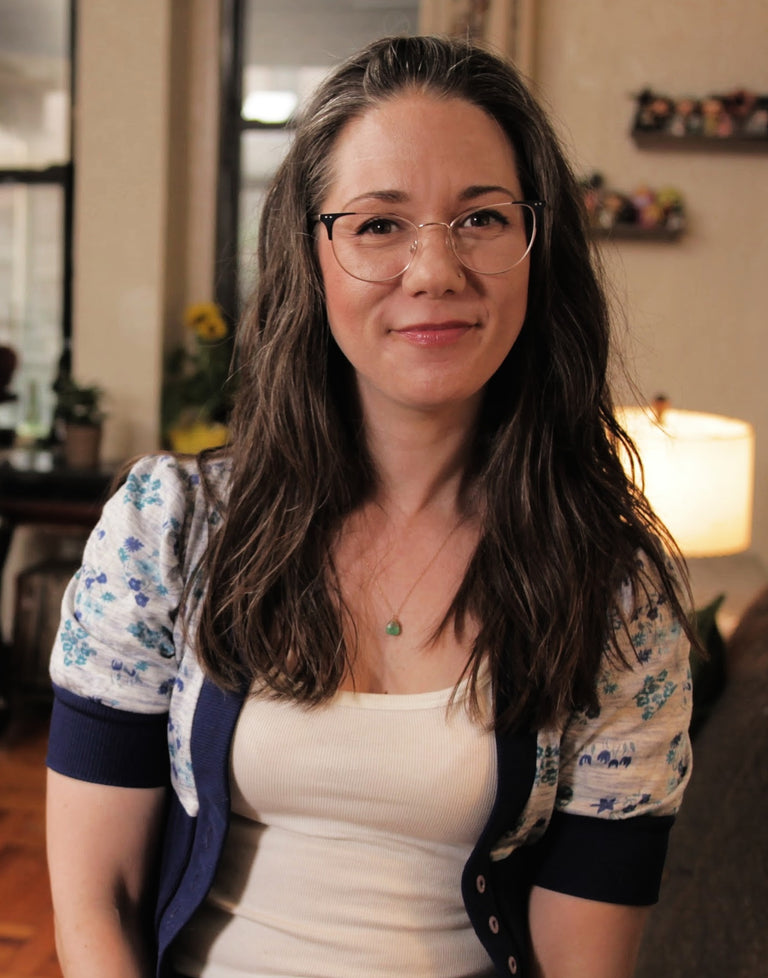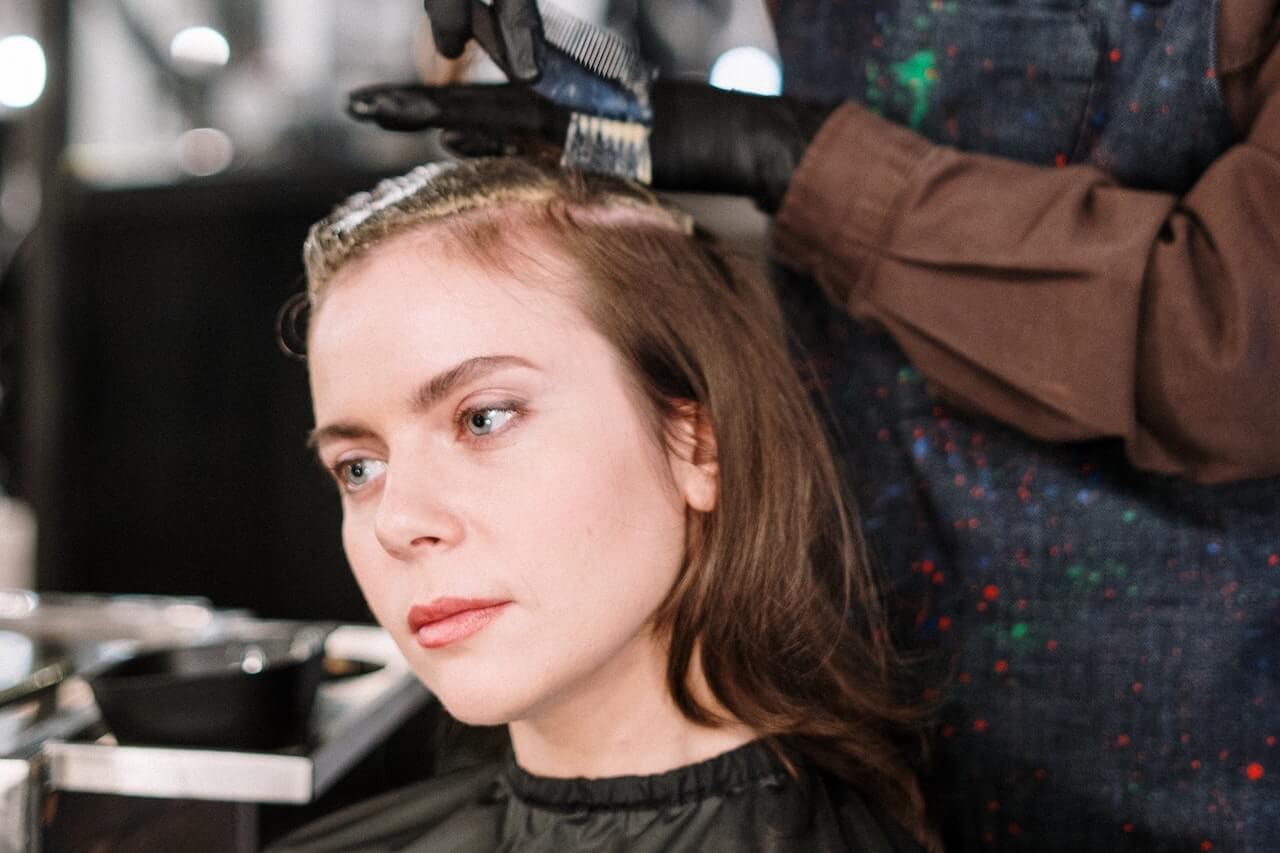Change is happening around us (and within us) constantly. And just as our environment changes with the seasons, so does our hair. In fact, the two are interconnected in what's known as seasonal hair loss.
And while losing hair isn't at the top of anyone's to-do list, seasonal hair loss is normal and not something to get too fussed about. Read on to uncover more on seasonal hair loss — plus, info on the best products to combat thinning hair.
#include-related-slider#
What Do We Know About Seasonal Hair Loss?
Seasonal shedding is something that hasn’t been studied extensively by researchers or hair specialists, but it is so widely talked about and reported to physicians that it’s been commonly accepted by doctors, stylists and other hair professionals as an anecdotally supported truth.
To better study this phenomenon in the absence of robust research evidence, scientists at Johns Hopkins and Washington State universities got clever and surveyed Google Trends data to investigate if there were seasonal spikes in searches for keywords related to hair loss over a period spanning 2004 through 2016. They found searches did follow a cycle, and folks were searching “hair loss” most often in the summer and fall and least often during the spring.
Best Seller for Thinning Hair: GRO More Kit
Hair Growth Cycles & Seasonal Cycles
The few biology-focused studies that address seasonal shedding also tend to support the idea that hair shedding seems to have some connection to the seasons.
One study, which involved over 800 healthy women in Switzerland with no underlying hair loss conditions, showed that the women tended to have the highest number of telogen hairs during the summer. “Telogen” refers to a specific cycle of hair growth when the hair follicles shut down production and rest before the shedding phase, after which a fresh cycle of growth will begin. This study also showed that telogen rates were lowest in the winter.
Another study, which involved 10 men in the U.K. over a period of eight to 14 years, also saw a peak in telogen hairs during the late summer months. This research suggests that some people might experience two annual peaks of seasonal shedding. A third study, which involved 14 men in the U.K. over a period of 18 months, saw that the number of follicles in the active anagen growth phase peaked in March and declined steadily until September.
Find Out: 6 Must-Have Winter Hair Care Products
Seasonal Shedding Might Vary by Geography & Individual
Another point to consider when it comes to seasonal shedding is geography, which has a big impact on seasonal climates. For example, if you live in certain parts of North America, your seasonal climates will be quite different from those experienced in South America. And if seasonal shedding is tied to changes in the climate, then you might notice peak seasonal shedding at different times, depending on where you live.
And when it comes to seasonal shedding, everyone is different. Even within the same climate, your body might respond differently to changes in temperature or humidity when compared with someone else.
You might notice that, for you, seasonal shedding seems to crop up during the spring and fall months, or perhaps just the summer. If you’re seeing a cyclical and repeated pattern that seems linked to the changing of seasons, then that’s what your seasonal shedding looks like, and it might be different from someone else’s! How much hair loss happens will likely also vary from person to person.
“The good news is that seasonal hair loss isn’t permanent and resolves within a few months, so there really isn’t any cause for alarm if this is the norm for you,” said Dr. Jae Pak, a medical doctor and hair loss specialist.
One way to tackle seasonal hair shedding is to use our bestselling GRO Hair Serum. It:
- Reduces signs of shedding by up to 85%*
- Increases the appearance of hair density by up to 56%*
*Based on a 120-day independent, third-party clinical study with 40 participants using GRO Hair Serum once daily.
Why Does Seasonal Hair Loss Happen?
So why might we be seeing these trends toward increased hair shedding during particular seasons?
While more research is needed, there are a couple of general lines of thinking that make logical sense. The first is that there could be climatic cues from the environment that our bodies pick up and respond to with increased shedding or growth, such as the number of daylight hours or temperature.
Another is that (although we tend to forget it), human beings are animals, and there may be evolutionary forces at play. “Just as seasonal hair loss is common in some animals, it can happen to humans, too,” said Dr. Pak.
Seasonal hair shedding is common among many animals. If you’re a pet owner, you’ve probably noticed tons of cat hair on your favorite sweater or your dog’s belly looking barer during the spring and summer.
“The keyword is transition,” said Dr. Anna Chacon, a board-certified dermatologist with My Psoriasis Team. “A change in season or lifestyle leads to hair loss, just like seasonal allergies are a concern for some."
Learn: Can Dieting Cause Hair Loss?
Hair Shedding Is Perfectly Normal
While you might notice an uptick in shedding during certain months, it’s important to keep in mind that hair shedding (regardless of season) is totally normal. On average, people lose about 50-100 hairs per day, according to the American Academy of Dermatology Association.
Seasonal Shedding vs. Telogen Effluvium
People typically notice seasonal shedding when they see more hair in the shower drain or stray hairs falling out when they style their hair. Seasonal hair shedding can look a lot like another temporary and sudden form of hair loss called telogen effluvium (TE), and you might even think of seasonal shedding as a mild form of TE.
Telogen effluvium is typically caused by a sudden and drastic shock to the body — a severe illness, the loss of a job or having a baby — that causes a disproportionate amount of follicles to transition to the telogen phase of the growth cycle.
TE, like seasonal hair loss, is characterized by a sudden and drastic uptick in shedding that happens all over the scalp. But unlike seasonal hair loss, TE tends to bring with it more extensive hair loss and, typically, a stressful or traumatic event that induced it.
Shop: Fatima Dedrickson's Vegamour Picks
When in Doubt, See a Doc
Maybe you’ve noticed, over the years, a distinct seasonal pattern to increased periods of hair shedding. But if you are feeling concerned by excessive hair shedding or thinning, or if you start seeing clumps of hair fall out, see a doctor.
“If you notice significant or prolonged hair loss, consider speaking with your dermatologist about potential genetic, mental or environmental causes,” said Rachel Roff, a licensed aesthetician and founder of Urban Skin Rx. A medical doctor can rule out other common causes of hair loss, like androgenic alopecia.
#include-related-slider#
Holistic Hair Care for All Seasons
While there is still more to uncover when it comes to seasonal hair loss, it’s a commonly shared and normal experience. And the really good news? It’s only temporary!
The best way to deal with seasonal hair loss is by supporting optimal hair health with some tried-and-true habits and routines:
- Get Your Diet in Order: Eat a balanced diet full of fresh fruits and vegetables, healthy grains and proteins. Support your body with hair-friendly supplements like our GRO Biotin Gummies for Hair to make sure you’re getting all the essential nutrients needed for healthy growth.
- Jump Into Some Good Habits: Making sure you get plenty of sleep and manage stress will have major impacts not just on your hair but on your overall health and mental well-being. Melt away stress (while boosting follicular circulation) with a soothing scalp massage using GRO Revitalizing Scalp Massager.
- Give Your Follicles Some Love: When possible, avoid tight hairstyles or chemical treatments that can stress out follicles. Limiting heat styling is also a good idea. Additionally, support your hair and scalp with all-natural hair care products designed to combat thinning hair like the GRO Foundation Kit, which features GRO Revitalizing Shampoo & Conditioner, plus GRO Scalp Detoxifying Serum for a hair routine that addresses har thinning at the root.
The Takeaway
Hair growth, like the seasons, is cyclical, and evolution may have given our bodies seasonal sensitivities that guide these cycles. Hair shedding, including seasonal hair shedding, is normal and not generally a cause for concern. If you see excessive or worrisome hair thinning, however, consult with a doctor who will be able to get to the root of the issue and rule out any underlying medical conditions.
More From VEGAMOUR
- Shop: Formaldehyde-Free Hair Products
- How Long Does It Take for Hair to Grow Back?
- Eating Disorders & Hair Loss: Are They Connected?
- What Causes Female Hair Loss?
Photo credit: Olya Kobruseva/Pexels
Back


















